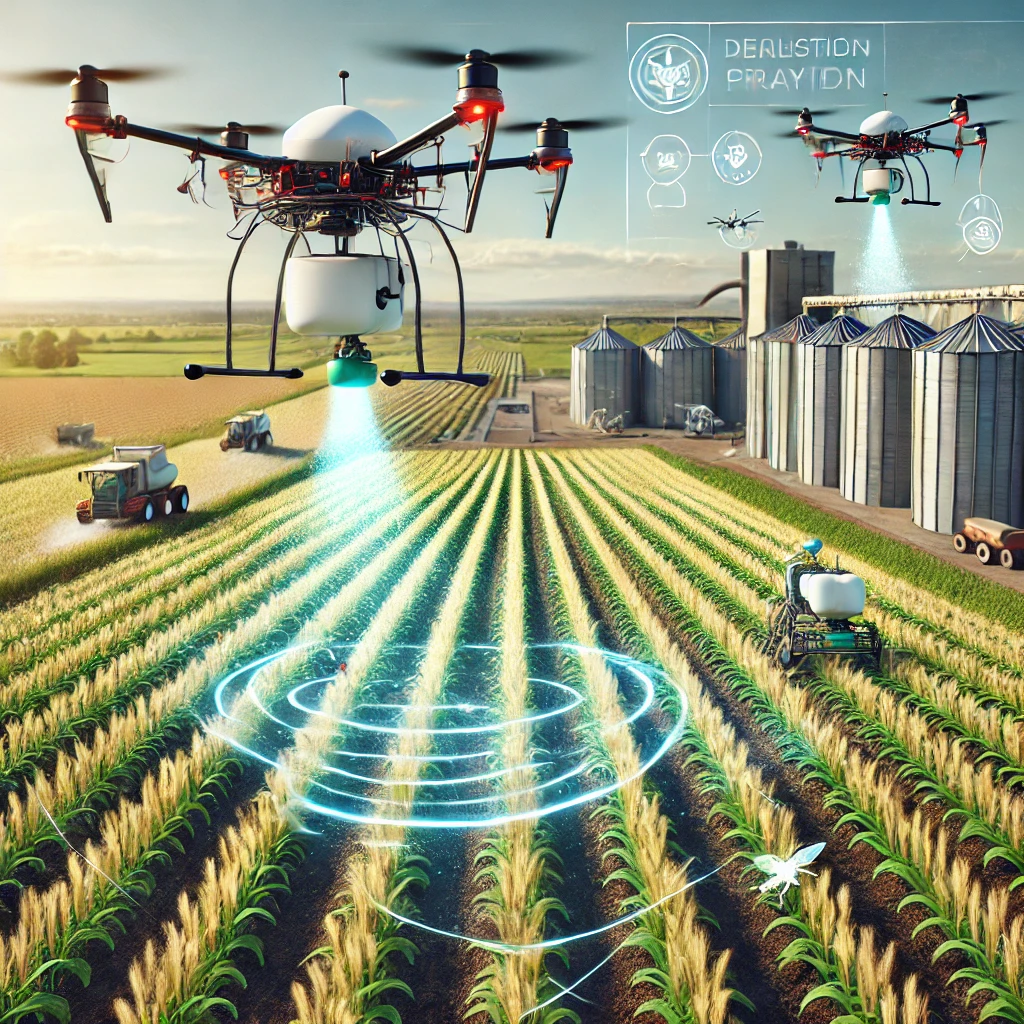Advancements in Technology
The application of drones in pest control represents a major technological advancement. Drones are equipped with high-resolution cameras and sensors that provide detailed imagery of agricultural fields and other areas. These images are analyzed to detect pest infestations early. Thus, the precision of pest identification has significantly increased, allowing for timely and accurate responses.
Benefits of Drone Technology
One of the primary benefits of using drones is their ability to cover large areas quickly. Traditionally, pest detection required extensive manual inspection, which is both time-consuming and labor-intensive. With drones, large agricultural fields and hard-to-reach areas can be monitored efficiently. Consequently, this technology reduces the need for excessive pesticide use, minimizing environmental impact and lowering costs.
Targeted Treatment
Drones not only aid in detection but also play a role in treatment. Equipped with pesticide dispensers, drones can deliver targeted treatments precisely where they are needed. This focused approach ensures that only affected areas receive treatment, reducing the overall quantity of chemicals used. As a result, the environmental footprint of pest control operations is significantly reduced.
Monitoring and Data Collection
Another advantage of drones is their ability to collect real-time data on pest populations and treatment effectiveness. This continuous monitoring provides valuable insights into pest behavior and the efficacy of control measures. Data gathered can be analyzed to improve future pest management strategies and refine drone applications.
Challenges and Future Directions
Despite the benefits, there are challenges associated with drone use in pest control. Issues such as regulatory restrictions, the need for skilled operators, and high initial costs can pose barriers. However, ongoing advancements in drone technology and decreasing costs are likely to make this tool more accessible. The future of pest control will likely see increased integration of drones, enhancing efficiency and sustainability in pest management practices.

